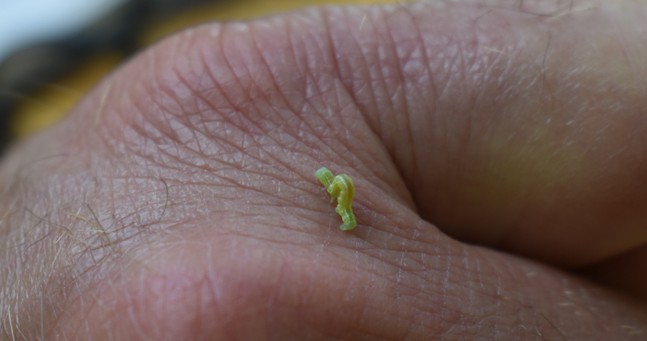During the Fall and Winter season, a certain pest begins to rear its ugly head (particularly in the direction of willow oak trees). These pests have many names, including inchworms or loopers, but we typically refer to them as cankerworms. The Fall Cankerworm goes from a caterpillar that specializes in defoliating leaves (even entire tree canopies) and eventually matures into a moth that will continue the reproductive cycle during the following Fall season.
The Life Cycle
Cankerworms begin as eggs, being born in collections of 100 or more anywhere from October to December. Once the larvae hatch in the Spring, they will feed on opening buds and new leaf growth, many times leaving the tree completely bare in their wake. During the summer, they will drop to the ground, pupate in the soil, and emerge as moths by the Fall season. Females are flightless; their goal is to climb to the canopy of a nearby tree to mate and lay new collections of eggs.
Treatment
What is the best way to deal with this type of pest that can destroy so much foliage on a tree? The most effective way we have found is with tree banding. A tree band is a wrap that goes all the way around the trunk of the tree. On these bands, we lay a sticky substance with the goal of trapping the female cankerworms as they climb up toward the canopy to mate. By stopping the mating process right in the middle, females are unable to lay new eggs at the canopy level of the tree, and since there are no larvae, the leaves are safe from being cankerworm dinner! Tree bands will typically be installed during the end of November and December; they are removed in the Spring.
Think your tree would be a good candidate for tree banding? Call our arborists today to have a conversation about how to keep your trees safe from cankerworms.






